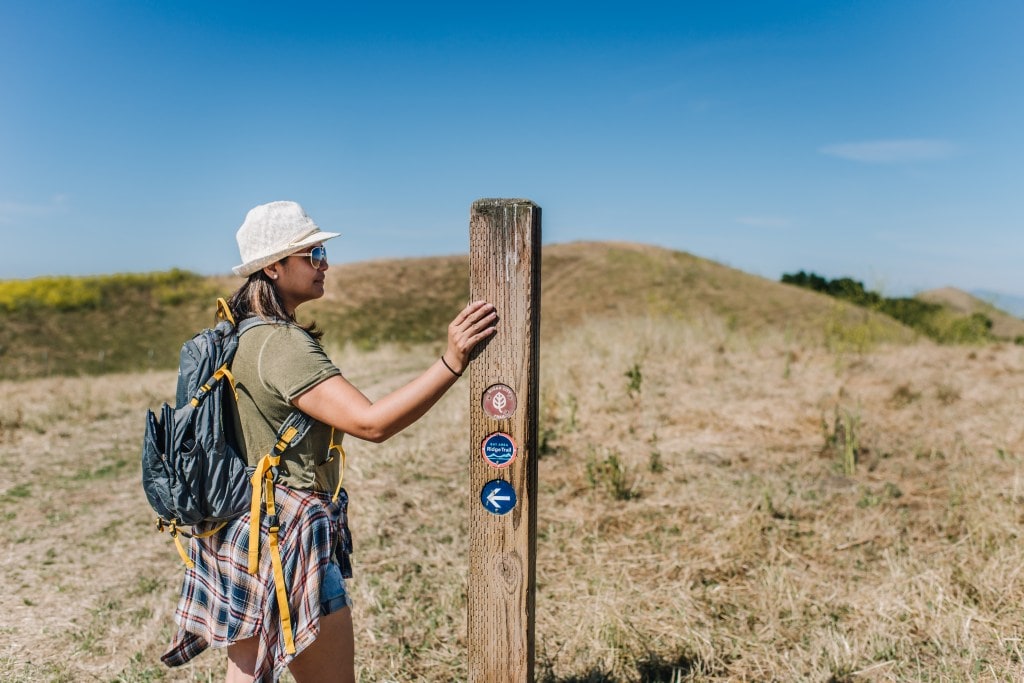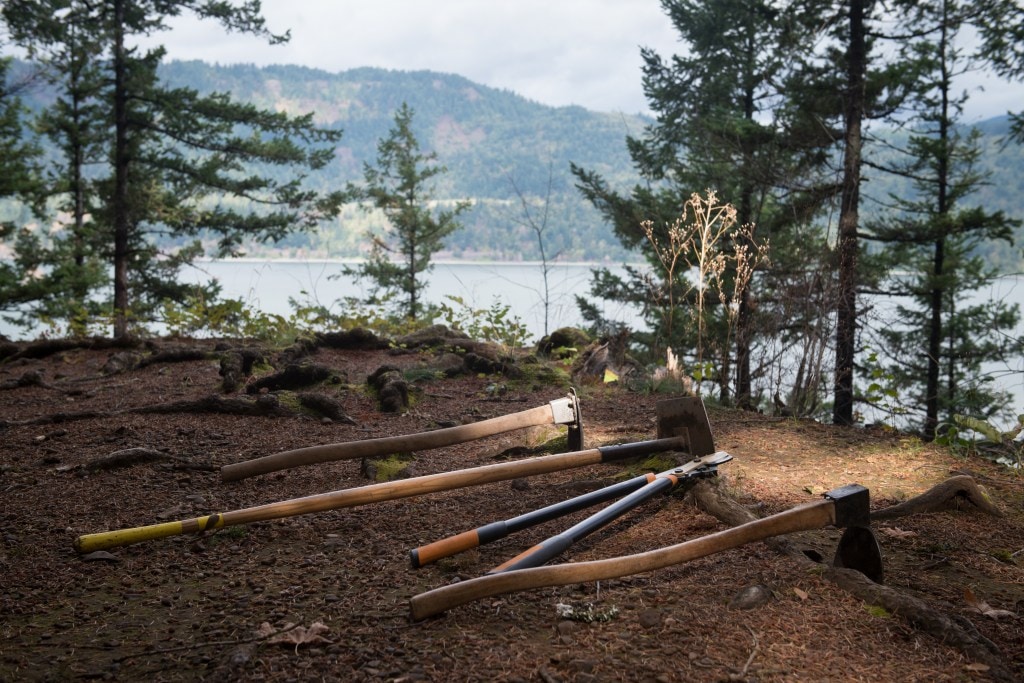We believe that the outdoors is integral to a life well lived. That’s why we’re dedicated to protecting and advocating for the lands we love, which starts with understanding impacts on these places and the people who recreate in them. The “In Our Nature” series is designed to help us all become more informed and active environmental stewards. Have a topic you’d like us to explore? Let us know in the comments below.
The concept of rewilding was coined in the 1990s and gained momentum in the conservation arena when two biologists, Michael Soulè and Reed Noss, posited that there was a scientific argument for restoring large expanses of wilderness by reintroducing carnivores at the top of the food chain.
Today, rewilding is being used to describe everything from conservation to self-care to how to design cities with nature in mind. Kristen Ragain, philanthropy and community partnership manager for REI, spends a lot of time thinking about what the term means for the co-op. For her, it’s about reconnecting our urban lifestyles with the outdoors—increasing and reshaping urban dwellers’ access to nature in cities and towns.
“All of our cities used to be wild, but over time they have lost many of these wild elements through the rise of industrialization,” Ragain says. “Rewilding is about returning wild, green and open space into the heart of our urban and suburban cities.”
In 2015, REI formally launched its Rewilding Project, beginning with initiatives across the country. This year, REI is focusing on the smaller urban projects that have been funded by the co-op for decades. An effort to maintain New York City’s Prospect Park by helping galvanize volunteers is one such project.
“For residents of Brooklyn, Prospect Park is their gateway to the outdoors—and to recreation,” said Melissa Abramson, REI local engagement manager for the eastern United States. “REI has partnered with the Prospect Park Alliance for the better part of eight years to support the tremendous work they do to not only maintain its natural forested habitat, but also increase access and stewardship of this important resource.”
The support REI offers covers the costs of creating hundreds of volunteer events around the 585-acre park each year—which engages about 3,000 volunteers performing 16,000 hours of service. Even small projects can have huge impacts.

Hundreds of trail signs have been added to the Bay Area Ridge Trail.
Four years ago, REI decided to support bigger and longer-term projects in urban and suburban areas, with the goal of increasing urban access to green spaces, trails and waterways. Funding for one such large project—the planned 550-mile-long Bay Area Ridge Trail—has helped catalyze the work on a trail that, when complete, will connect 8 million people in the Bay Area. Over the course of the last three years, an investment from the co-op of $450,000 has helped the Bay Area Ridge Trail Council solve three fundamental challenges: fundraising to help complete and steward the trail, awareness-building to bring more recreationists to the trail and strategy development to build the last, and most challenging 100 miles of trail.
In the past year, funding from the grant also helped the council add two board members and four new agency members to help create more interagency collaboration. And it allowed new signs to be installed on more than 180 miles of trail at 600 unique sign locations throughout the region. In total, 375 miles of trail are open today and 15 to 25 more are expected to be built by 2020.
On the other side of the country, an REI Rewilding Project in Washington, D.C., was instrumental in convening urban leaders, planners, politicians, nonprofits and citizens who formed an organization called the Capital Trails Coalition. So far it’s created 600 miles of multiuse trails, equitably distributed throughout the metropolitan region.
“The Capital Trails Coalition has turned transportation planning on its head in the D.C. region by elevating the importance of trails to the level of highways, because that’s truly what they are for people who walk and bike,” said Katie Harris, trails coalition manager for the Washington Area Bicyclist Association, a nonprofit that helped create the coalition.
The funding allowed for the development and management of this coalition, which continues to grow. In fact, four municipalities joined the group in 2019, showing widespread consensus that an interconnected trail network is a regional priority. With the help of all of these partners, the coalition opened three separate trails within the network this year alone, transforming plans on paper into rideable and walkable miles for D.C. residents. While the official Rewilding Project is complete, REI is continuing to provide funding that will continue to open trails along the planned network.
Four years ago, REI began working with the National Forest Foundation and The Wilderness Society to improve access to the then newly designated San Gabriel Mountains National Monument just outside of Los Angeles—restoring and rerouting trails, enhancing recreation infrastructure, linking urban trails and developing public transportation from the city to the mountains. At the same time, REI partnered with the Chicago Parks Foundation, Active Transportation Alliance and Friends of Big Marsh to complete a mountain bike park inside the city, and is planning on transforming a number of industrial spaces into outdoor recreation havens.

National Public Lands Day event in 2018 in the Columbia River Gorge National Scenic Area.
The efforts won’t stop there. The next regional Rewilding Project is in service of a stewardship network forming in Oregon and Washington, which has set its sights on the Columbia River Gorge National Scenic Area, just 30 miles east of Portland, Oregon, where close to 2 million people reside in the greater metro area. After the catastrophic Eagle Creek Fire in 2017, access to many beloved places in the Gorge was lost, and two years later, a third of the trails remain closed. Galvanized by the impacts of the fire, local and regional community leaders, private and nonprofit organizations and countless volunteers stepped up to help public agencies respond.
“Now more than ever, this landscape needs a committed network of trusted actors with a shared purpose to collaborate and deliver desirable ecological, economic and social outcomes surrounding the Columbia River Gorge, and stretching from Mount Hood to Mount Adams,” said Mick Minard, manager of outdoor programs and experiences for REI in Oregon.
This latest Rewilding Project aims to coordinate and scale these collective local interests and stewardship activities to restore and modernize sustainable access for all people to the iconic trails, waterways and wild places across the region.
Stay tuned for further updates on REI’s Rewilding Project.

